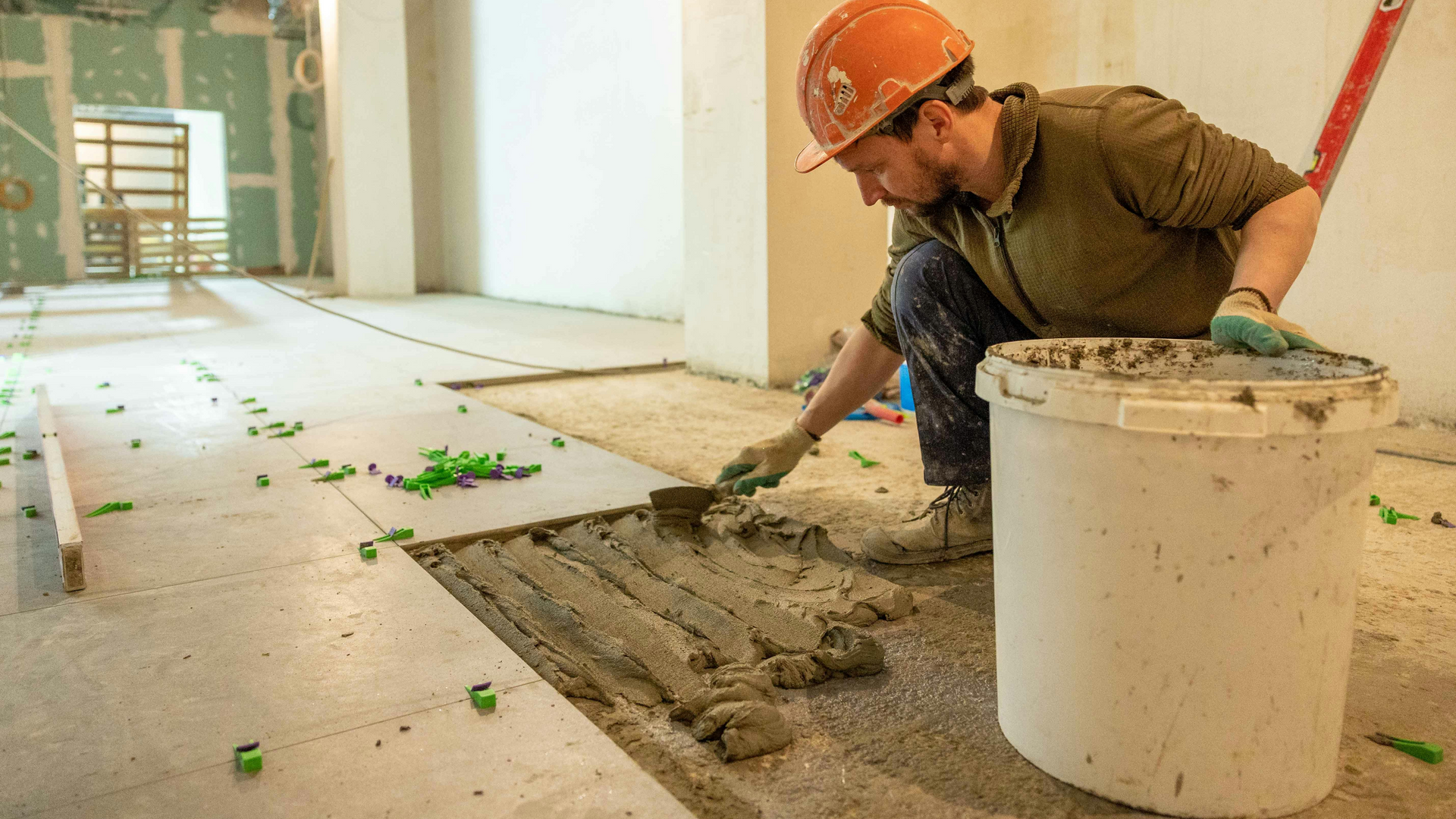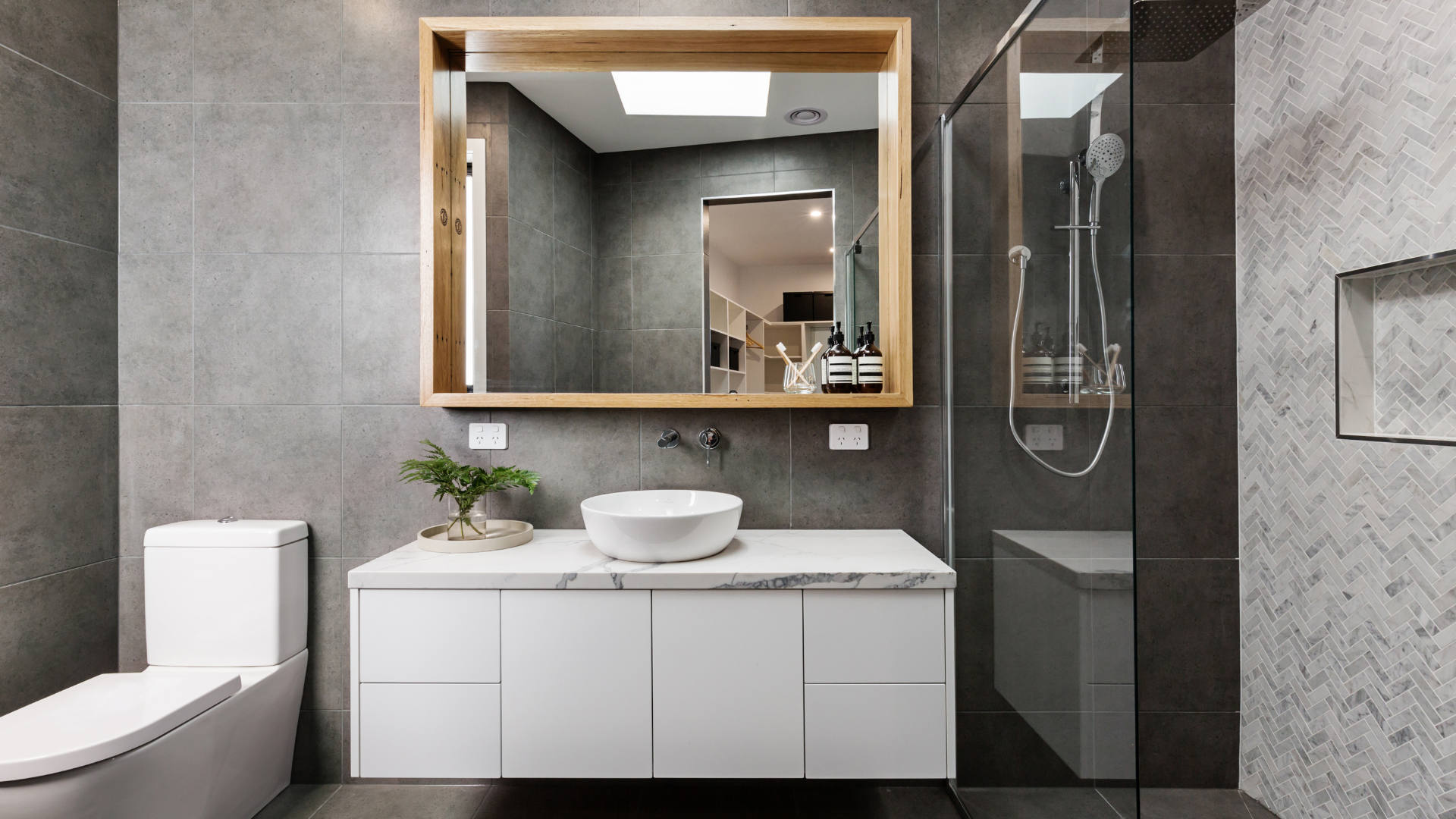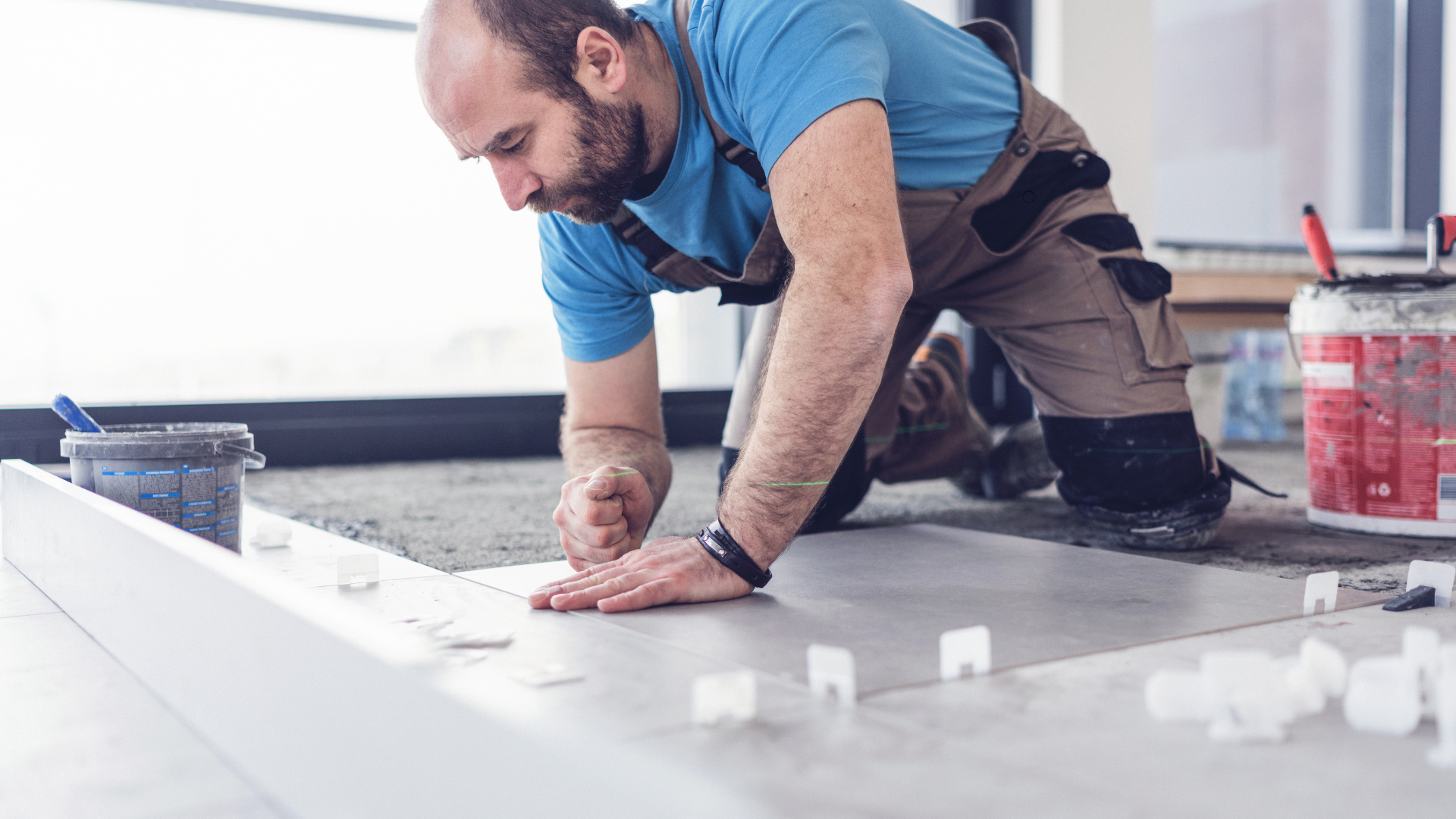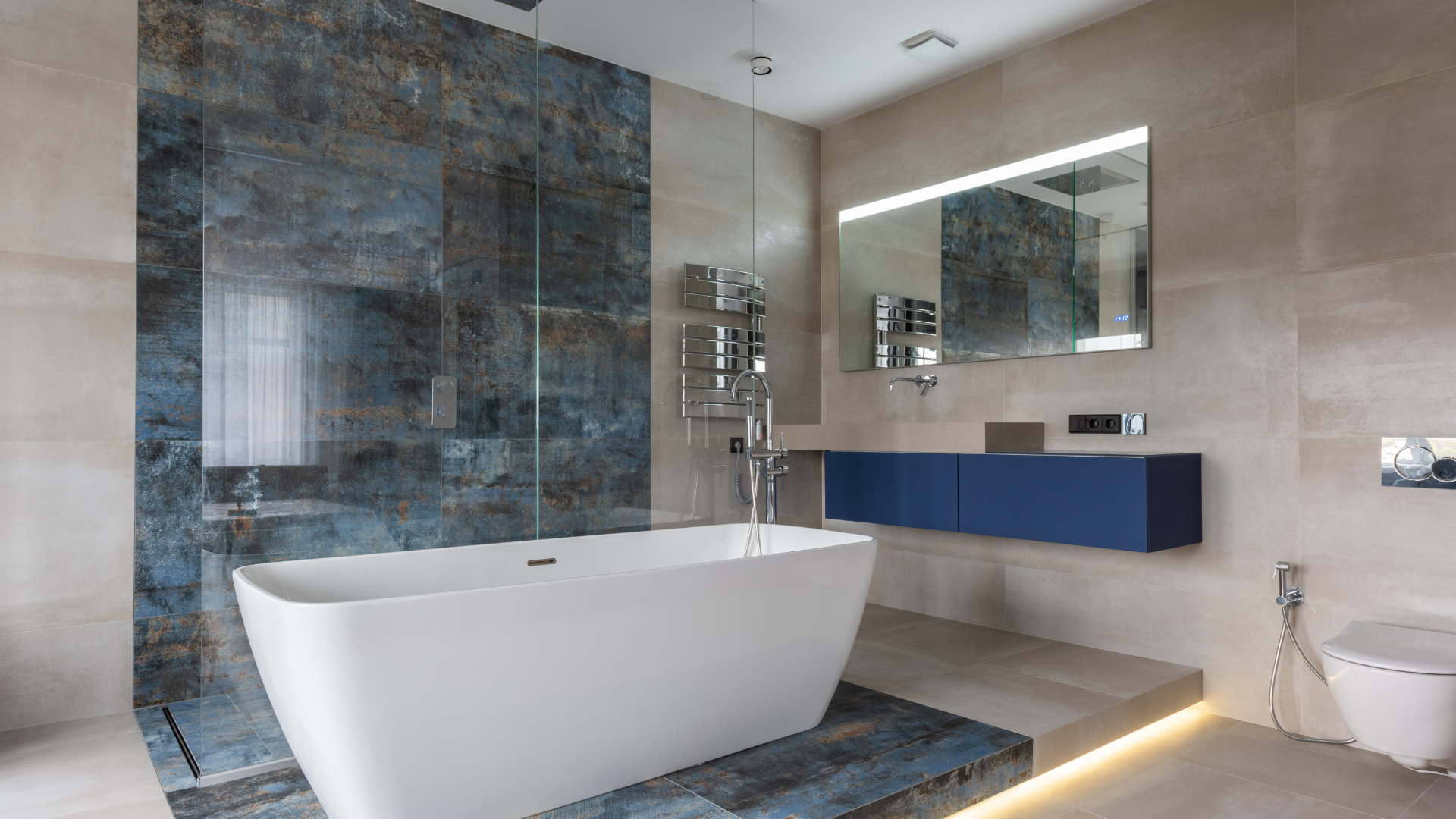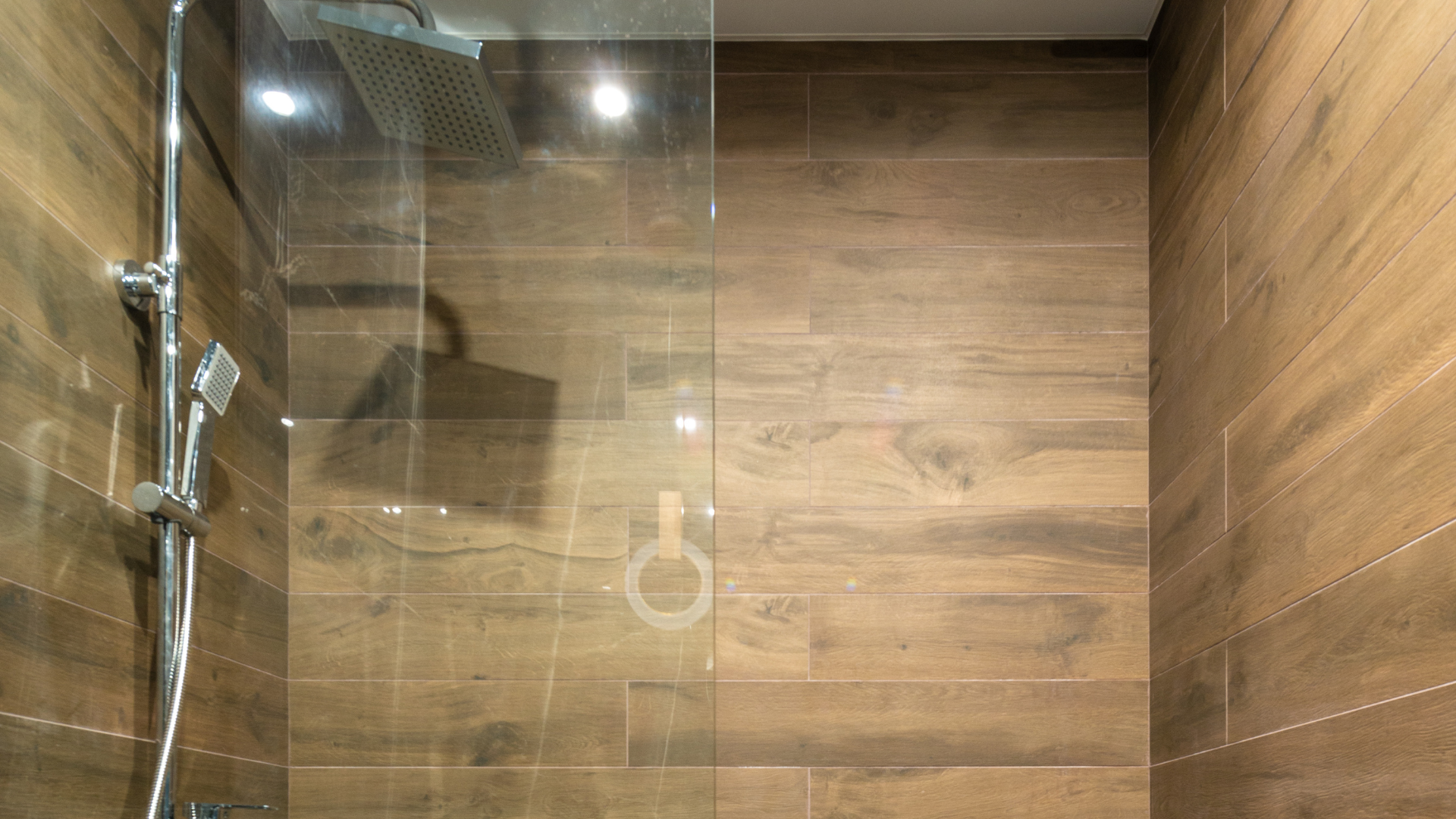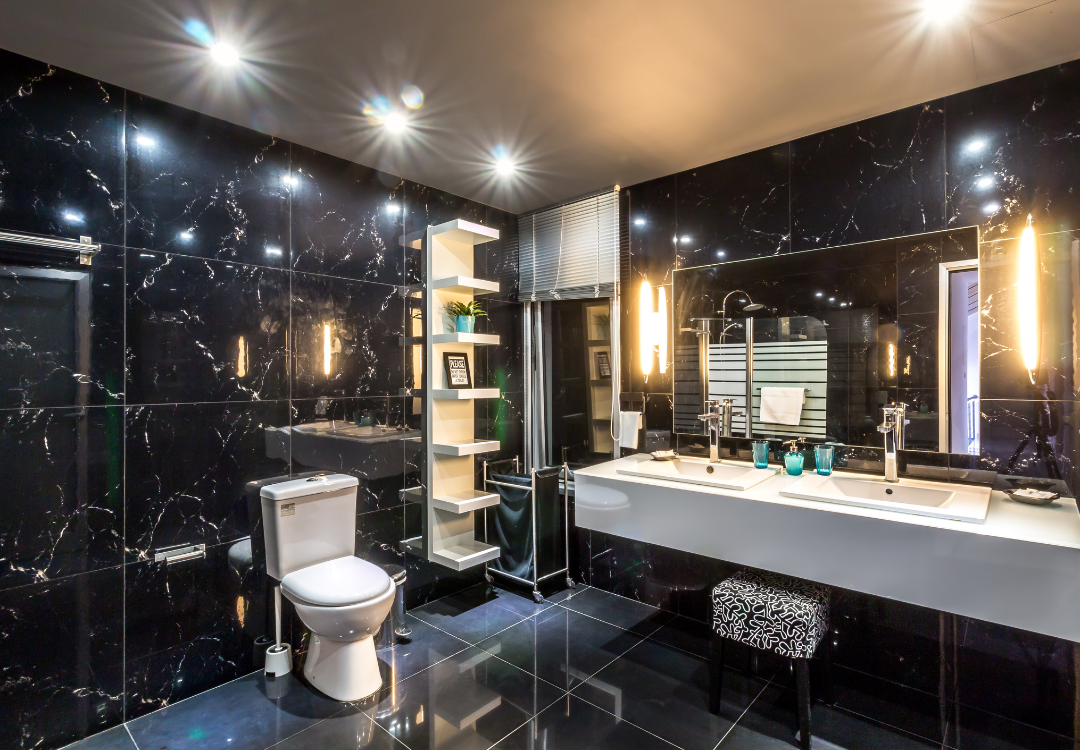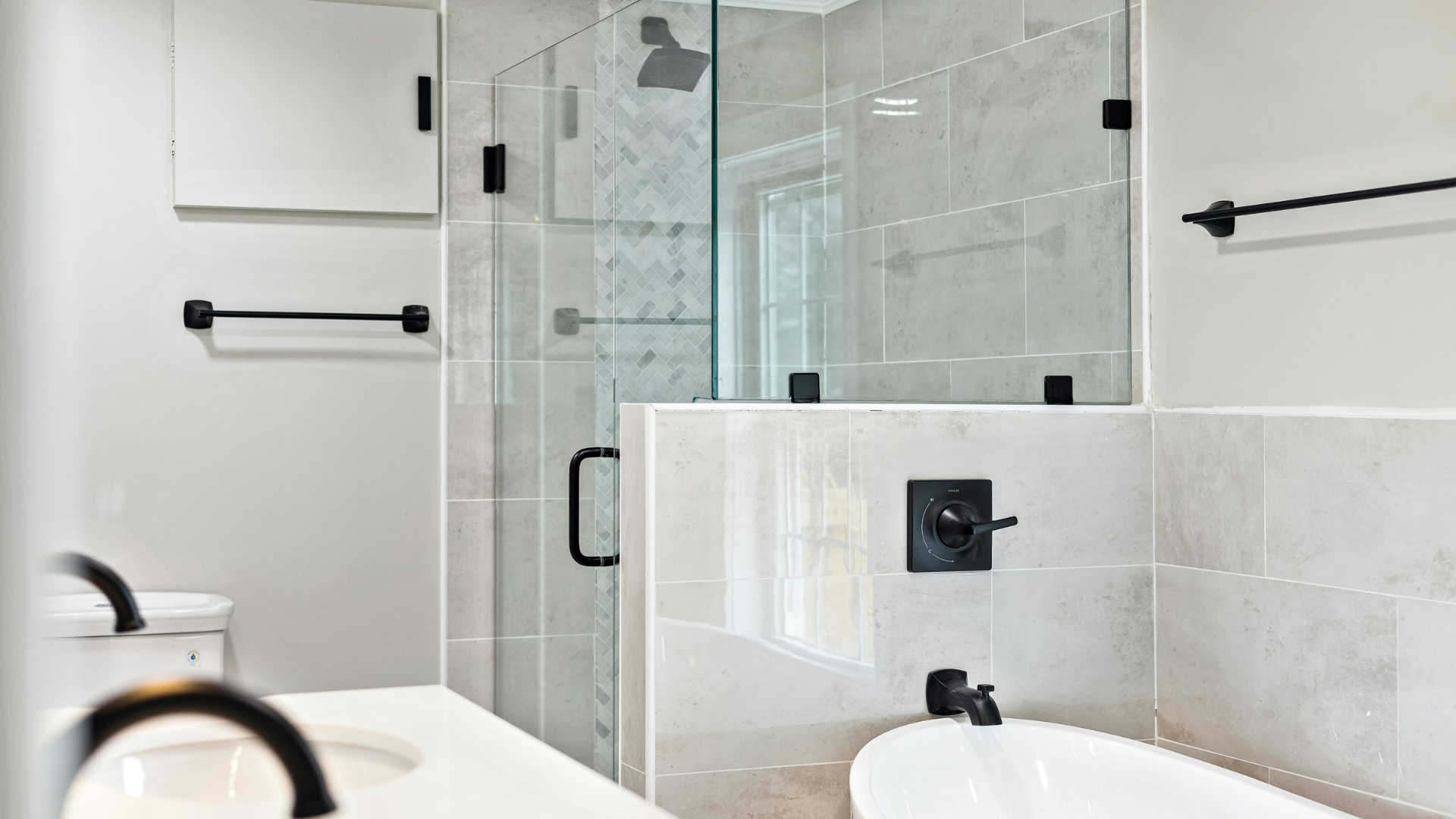Essential Tips for Maintaining and Cleaning Tile Floors for Lasting Durability in Little Rock, AR
Regular Sweeping and Dusting

The first step in maintaining your tile floors is regular sweeping or dusting. Dirt and debris can accumulate and scratch the surface over time, leading to wear and tear. Using a soft broom, dust mop, or microfiber cloth will help prevent these particles from causing damage. Sweep your floors at least once a week, or more often in high-traffic areas, to keep them clean and protected.
Mopping with the Right Cleaner
Mopping is essential for keeping your tile floors fresh and shiny. However, it’s crucial to use the right cleaning solution. Avoid harsh chemicals or abrasive cleaners that can damage the tile’s surface. Instead, use a mild dish soap mixed with warm water or a tile-specific cleaner. Mop the floors with a damp (not soaking) mop to prevent water from seeping into the grout, which could lead to mold or mildew growth.
Spot Cleaning Stains
Tile floors can occasionally experience stubborn stains, whether from spills or heavy foot traffic. For spot cleaning, use a soft cloth or sponge with a non-abrasive cleaner. For tougher stains, a mixture of baking soda and water can help lift the grime. Always test a small, inconspicuous area first to ensure the cleaner doesn’t damage the tile. Be sure to clean up spills immediately to avoid staining or sticky residue.
Grout Care and Sealing
Grout is a porous material that can absorb dirt and moisture, leading to discoloration and potential damage. Regularly clean your grout lines using a grout brush and a cleaner designed for grout. After cleaning, consider applying a grout sealer to protect it from future stains and moisture damage. Reapply the sealer every 6-12 months, depending on the traffic and wear.
Avoiding Heavy Scratching or Impact
Although tile floors are durable, they’re not indestructible. Avoid dragging heavy furniture or sharp objects across the floor, as these can cause scratches and cracks. Use felt pads under furniture legs and rugs or mats in high-traffic areas to reduce wear. If you drop something heavy on the tile, pick it up carefully to avoid chipping or cracking the surface.
Proper Humidity Control
High humidity can cause damage to certain types of tile and grout over time. To preserve the longevity of your tile floors, maintain a balanced indoor humidity level, particularly in areas like bathrooms and kitchens. Use fans, exhaust vents, or a dehumidifier to keep the air dry and prevent mold growth on your tiles and grout.
Regular Professional Inspections
While regular cleaning and care will go a long way in maintaining your tile floors, it’s also wise to schedule professional inspections every few years. Professionals can spot underlying issues, such as loose tiles or grout problems, before they become significant issues, saving you money in the long run.
By following these simple steps, you can keep your tile floors looking beautiful and functioning well for years to come. Proper maintenance not only enhances the aesthetics of your space but also ensures your investment lasts.


